1 of 41




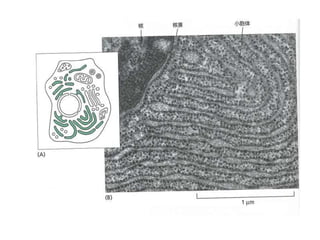
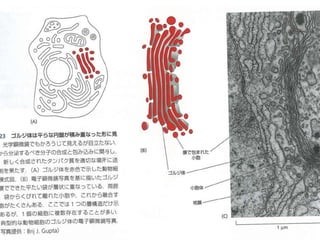


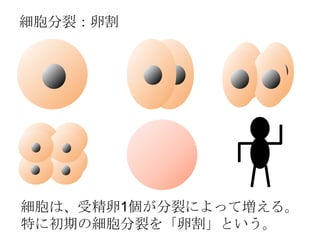
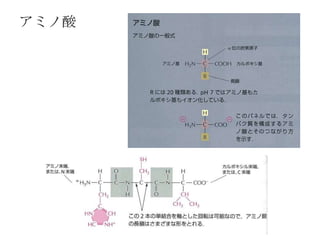
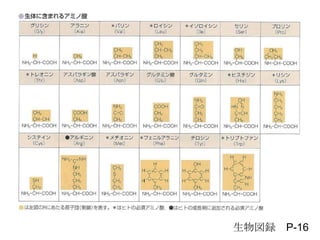
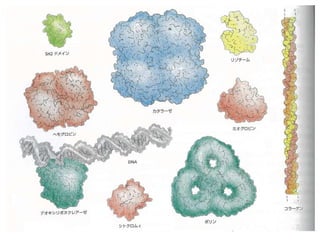
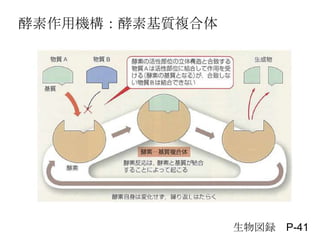

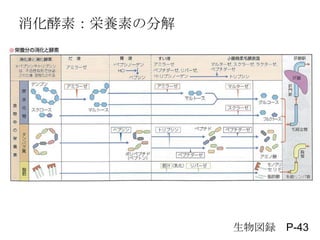


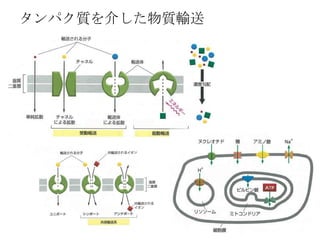
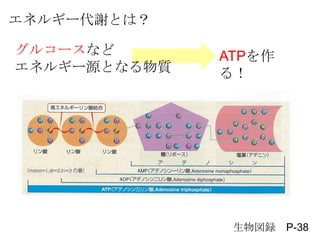
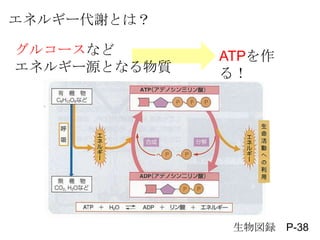
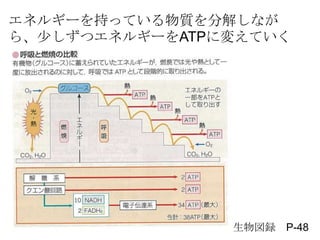


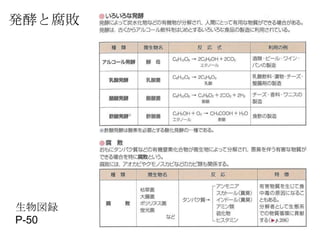
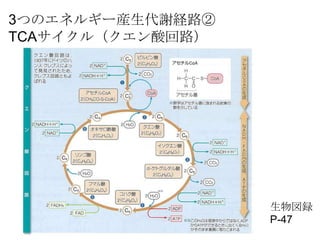


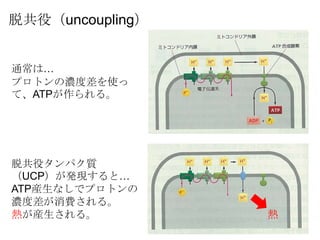
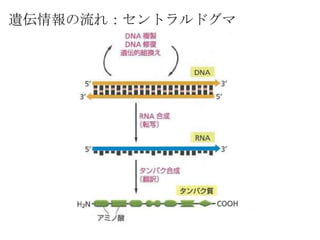
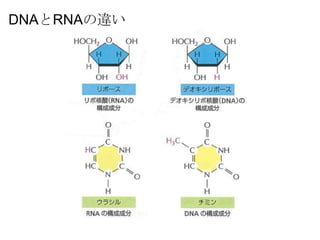
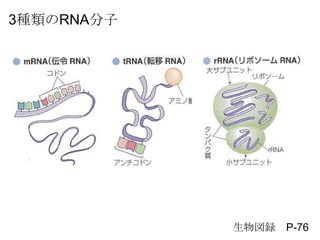

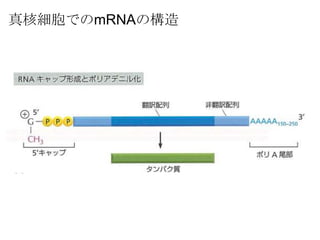
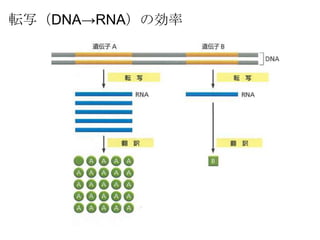
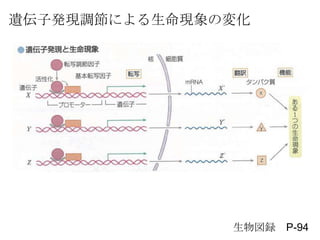
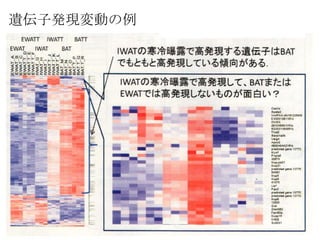
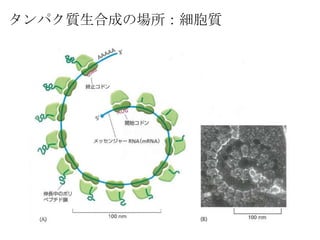

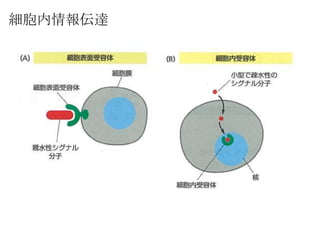


Ad
Recommended
近大「基础生物学」#6「细胞内のエネルギー产生」130527
近大「基础生物学」#6「细胞内のエネルギー产生」130527Nobuyuki Takahashi
?
These slides were used in the lecture, "Basic Biology," in Kinki University in 2013.近大「基础生物学」#7「细胞内のエネルギー产生」130603
近大「基础生物学」#7「细胞内のエネルギー产生」130603Nobuyuki Takahashi
?
These slides were used in the lecture, "Basic Biology," in Kinki University in 2013.近大「基础生物学」#3「细胞の化学成分」130506
近大「基础生物学」#3「细胞の化学成分」130506Nobuyuki Takahashi
?
These slides were used in the lecture, "Basic Biology," in Kinki University in 2013.近大「基础生物学」#2「细胞とは何か?」130422
近大「基础生物学」#2「细胞とは何か?」130422Nobuyuki Takahashi
?
These slides were used in the lecture, "Basic Biology," in Kinki University in 2013.近大「基础生物学」#4「细胞の化学成分その2」130513
近大「基础生物学」#4「细胞の化学成分その2」130513Nobuyuki Takahashi
?
These slides were used in the lecture, "Basic Biology," in Kinki University in 2013.近大「基础生物学」#1「ガイダンス」130408
近大「基础生物学」#1「ガイダンス」130408Nobuyuki Takahashi
?
These slides were used in the lecture, "Basic Biology," in Kinki University in 2013.
These are a Japanese version of the slides, "JSOL Symposium in Tsukuba 2013."Cellular respiration ppt wit turning pt qs
Cellular respiration ppt wit turning pt qstas11244
?
Cellular respiration is a catabolic process that uses oxygen to break down glucose and other organic molecules to extract energy in the form of ATP. It occurs in four main stages: 1) glycolysis in the cytosol, 2) transport of pyruvate into the mitochondria, 3) the Krebs cycle in the mitochondrial matrix, and 4) the electron transport chain and oxidative phosphorylation on the inner mitochondrial membrane. The overall process produces 38 ATP molecules from complete oxidation of one glucose molecule.Pelajaran Sekolah SABAT ke-12 Triwulan 3 2015
Pelajaran Sekolah SABAT ke-12 Triwulan 3 2015David Syahputra
?
Paulus menggunakan berbagai metode dalam mengajarkan kebenaran kekal kepada berbagai kelompok pendengar. Ia menyesuaikan pesan dan ilustrasi yang digunakan dengan budaya dan kebutuhan pendengar, serta bekerja dalam tim dengan rekan-rekannya dalam menyebarkan Injil. Kebangkitan Yesus dan umat tebusan merupakan inti ajarannya.Cornel kyoto joint symposium (takahashi@kyoto)
Cornel kyoto joint symposium (takahashi@kyoto)Nobuyuki Takahashi
?
This document discusses research on food factors that can improve obesity and metabolic disorders. It describes how tomato-derived oxo-octadecadienoic acids (ODAs) and fenugreek-derived diosgenin activate or inhibit nuclear receptors like PPARα and LXR to reduce lipid accumulation and improve fatty liver. Mice fed high-fat diets supplemented with 9-oxo-ODA or fenugreek showed decreased hepatic triglyceride levels and increased fatty acid oxidation gene expression compared to controls. In cell studies, 9-oxo-ODA and diosgenin also reduced lipid accumulation and modulated nuclear receptor pathways involved in lipid metabolism. The findings suggest certain food compounds can help prevent and闯蝉辞濒シンポジウム(高桥@京大农学)改定
闯蝉辞濒シンポジウム(高桥@京大农学)改定Nobuyuki Takahashi
?
The document discusses how compounds derived from tomatoes, specifically 9-oxo-octadecadienoic acid (9-oxo-ODA) and 13-oxo-octadecadienoic acid (13-oxo-ODA), were found to activate peroxisome proliferator-activated receptor alpha (PPARα) and improve abnormalities in hepatic lipid metabolism. Mice fed a high-fat diet supplemented with 13-oxo-ODA showed decreased hepatic triglyceride accumulation, lower plasma triglyceride levels, and increased rectal temperature compared to controls. The tomato-derived compounds were therefore found to prevent fatty liver development.近大「基础生物学」#9「细胞内の遗伝情报」130617
近大「基础生物学」#9「细胞内の遗伝情报」130617Nobuyuki Takahashi
?
These slides were used in the lecture, "Basic Biology," in Kinki University in 2013.近大「基础生物学」#8「细胞内の遗伝情报」130610
近大「基础生物学」#8「细胞内の遗伝情报」130610Nobuyuki Takahashi
?
These slides were used in the lecture, "Basic Biology," in Kinki University in 2013.近大「基础生物学」#5「细胞の化学成分その2」130520
近大「基础生物学」#5「细胞の化学成分その2」130520Nobuyuki Takahashi
?
These slides were used in the lecture, "Basic Biology," in Kinki University in 2013.More Related Content
Viewers also liked (6)
近大「基础生物学」#4「细胞の化学成分その2」130513
近大「基础生物学」#4「细胞の化学成分その2」130513Nobuyuki Takahashi
?
These slides were used in the lecture, "Basic Biology," in Kinki University in 2013.近大「基础生物学」#1「ガイダンス」130408
近大「基础生物学」#1「ガイダンス」130408Nobuyuki Takahashi
?
These slides were used in the lecture, "Basic Biology," in Kinki University in 2013.
These are a Japanese version of the slides, "JSOL Symposium in Tsukuba 2013."Cellular respiration ppt wit turning pt qs
Cellular respiration ppt wit turning pt qstas11244
?
Cellular respiration is a catabolic process that uses oxygen to break down glucose and other organic molecules to extract energy in the form of ATP. It occurs in four main stages: 1) glycolysis in the cytosol, 2) transport of pyruvate into the mitochondria, 3) the Krebs cycle in the mitochondrial matrix, and 4) the electron transport chain and oxidative phosphorylation on the inner mitochondrial membrane. The overall process produces 38 ATP molecules from complete oxidation of one glucose molecule.Pelajaran Sekolah SABAT ke-12 Triwulan 3 2015
Pelajaran Sekolah SABAT ke-12 Triwulan 3 2015David Syahputra
?
Paulus menggunakan berbagai metode dalam mengajarkan kebenaran kekal kepada berbagai kelompok pendengar. Ia menyesuaikan pesan dan ilustrasi yang digunakan dengan budaya dan kebutuhan pendengar, serta bekerja dalam tim dengan rekan-rekannya dalam menyebarkan Injil. Kebangkitan Yesus dan umat tebusan merupakan inti ajarannya.More from Nobuyuki Takahashi (11)
Cornel kyoto joint symposium (takahashi@kyoto)
Cornel kyoto joint symposium (takahashi@kyoto)Nobuyuki Takahashi
?
This document discusses research on food factors that can improve obesity and metabolic disorders. It describes how tomato-derived oxo-octadecadienoic acids (ODAs) and fenugreek-derived diosgenin activate or inhibit nuclear receptors like PPARα and LXR to reduce lipid accumulation and improve fatty liver. Mice fed high-fat diets supplemented with 9-oxo-ODA or fenugreek showed decreased hepatic triglyceride levels and increased fatty acid oxidation gene expression compared to controls. In cell studies, 9-oxo-ODA and diosgenin also reduced lipid accumulation and modulated nuclear receptor pathways involved in lipid metabolism. The findings suggest certain food compounds can help prevent and闯蝉辞濒シンポジウム(高桥@京大农学)改定
闯蝉辞濒シンポジウム(高桥@京大农学)改定Nobuyuki Takahashi
?
The document discusses how compounds derived from tomatoes, specifically 9-oxo-octadecadienoic acid (9-oxo-ODA) and 13-oxo-octadecadienoic acid (13-oxo-ODA), were found to activate peroxisome proliferator-activated receptor alpha (PPARα) and improve abnormalities in hepatic lipid metabolism. Mice fed a high-fat diet supplemented with 13-oxo-ODA showed decreased hepatic triglyceride accumulation, lower plasma triglyceride levels, and increased rectal temperature compared to controls. The tomato-derived compounds were therefore found to prevent fatty liver development.近大「基础生物学」#9「细胞内の遗伝情报」130617
近大「基础生物学」#9「细胞内の遗伝情报」130617Nobuyuki Takahashi
?
These slides were used in the lecture, "Basic Biology," in Kinki University in 2013.近大「基础生物学」#8「细胞内の遗伝情报」130610
近大「基础生物学」#8「细胞内の遗伝情报」130610Nobuyuki Takahashi
?
These slides were used in the lecture, "Basic Biology," in Kinki University in 2013.近大「基础生物学」#5「细胞の化学成分その2」130520
近大「基础生物学」#5「细胞の化学成分その2」130520Nobuyuki Takahashi
?
These slides were used in the lecture, "Basic Biology," in Kinki University in 2013.Ad
近大「基础生物学」#11「これまでのまとめ」130701
- 7. 脂质:脂肪酸
- 8. 脂质:リン脂质
- 10. アミノ酸
- 11. 生物図録 P-16
- 16. 拮抗阻害
- 17. 細胞膜の構造 生物図録 P-26
- 18. タンパク质を介した物质输送
- 24. 発酵と腐敗 生物図録 P-50
- 27. 电子伝达系の全体像
- 29. 遗伝情报の流れ:セントラルドグマ
- 30. 顿狈础と搁狈础の违い
- 32. 転写のメカニズム
- 33. 真核细胞での尘搁狈础の构造
- 34. 転写(顿狈础→搁狈础)の効率
- 36. 遗伝子発现変动の例
- 37. タンパク质生合成の场所:细胞质
- 39. 细胞内情报伝达
